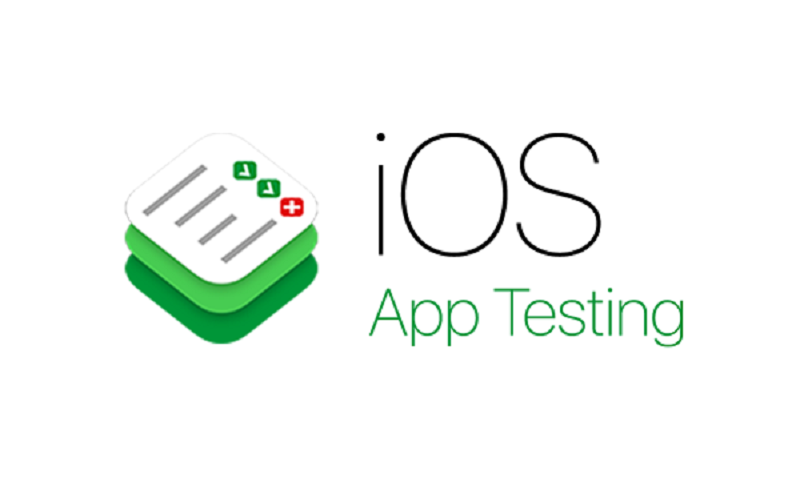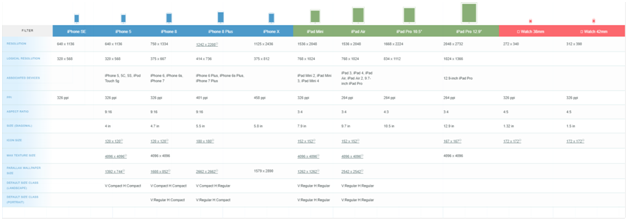Quality Assurance (QA) focuses on examining the quality of software and improving it before its release to the market. Because QA testing fails to produce trackable ROI, it is often dismissed by software developers. However, the truth is that QA testing is one of the most important steps in the software development cycle. Why?
Let’s take mobile application as an example. Apple releases a new generation of devices every year. But before they do, they always prepare their customers for it. When they released iPhone X and iPhone 8, they also preinstalled their latest and greatest operating system yet– iOS 11. Now, the application you’ve made that worked with iOS 10 may not work with iOS 11. So how do you ensure that your app will continue to work on all supported devices with iOS upgrade? The answer is simple. QA testing app for iOS 11 is the solution.
So the real question is not why you need QA testing but how you can properly do it. The overall success of your iOS testing strategy will depend on how you understand the company policy and optimize your app so that it will work on all iOS devices. Here are 5 important systematic QA practices that you can use in your next iOS testing:
- Device Testing
Source: http://iosres.com/
iOS devices come in different shapes and forms, from the Apple Watch to the iPad Pro. So the first thing you need to check is whether your app has been optimized to fit different screen sizes. Will it fit iPhone X and iPhone 8?
- OS Version Testing
You need to break down the app’s code in different parts through refactoring to check each module’s operation. Then, you need to ensure that the final implementation of the app matches the user interface originally built by the designer. You can do these tests manually or through automated iOS tools.
- Network Connectivity Testing
Since various carriers provide different options for connectivity, you also need to check the performance of your app in accordance with the different carriers. Conduct performance testing on 3G, 4G, WiFi, LTE mobile communication standards. Take note of how different your app performs on each carrier. You also want to check how shifting from LTE to WiFi will affect your app.
- Crowdsource Testing
Crowdsource testing is a relatively new strategy in mobile app testing. It involves hiring a third-party company. This company will bring together a group of potential users to evaluate your product objectively. Then, they prepare a report. You use this report to make some improvements to your app.
- Security Testing
According to the Annual State of Application Security Report in 2016, 84% of developers felt that their apps were secure. However, 90% of 126 tested apps had two or more critical security risks. This means that your app is more likely to be hacked than not. Thus, you need to be able to test it against security vulnerabilities. This will take long, but it will keep your app and its users secure.
Conclusion
Having a solid end-to-end iOS testing strategy is the key to your app’s success. Employ the above-mentioned tips the next time you conduct QA testing.

